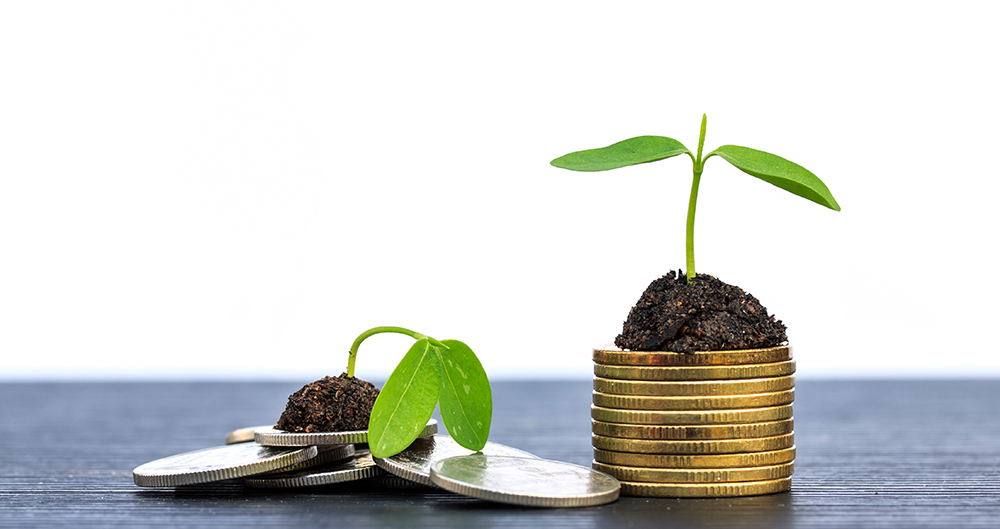The Sustainable Supply Chain Foundation defines sustainable supply chain management as “integrating environmentally and financially viable practices into the complete supply chain lifecycle, from product design and development, to material selection, (including raw material extraction or agricultural production), manufacturing, packaging, transportation, warehousing, distribution, consumption, return and disposal.”
The most common associations with supply chain sustainability include:
- Environmental responsibility – where buying companies have an obligation to determine how their suppliers’ practices are affecting the local environment, people, and wildlife. This can be a concern anywhere, but companies usually focus on the parts of the world where regulation does not exist to mandate proper handling and disposal of chemicals and waste materials, or where there may be a financial incentive to take short cuts.
- Fair trade – while related to environmental concerns, fair trade business practices also ensure that the workers and their community are paid ‘reasonable’ wages and prices for the goods they produce. In return for fair trade certifications and premiums, organizations must agree to forgo non-ethical practices such as the use of child or slave labor and short-term choices that will harm the ecosystem in the long term. In fact, fair trade food products are often also organic.
Regardless of how any given company defines supply chain sustainability and the initiatives through which they carry it out, the goal is to do right by suppliers and communities while still operating effectively as a business: leveraging global advantages without actually ‘taking advantage’. In fact, if we just think about the word ‘sustain’, the goal is to keep farms, businesses, and communities in a position where they can deliver goods and services through the supply chain for a long time to come.
Ironically, one of the most straightforward opportunities to advance the objectives of supply chain sustainability has nothing to do with the environment or even ethics. Instead, it is based on cold, hard cash. That’s right – financial sustainability. Think of it as the ‘new green’.
Small companies often see it as a huge win to close a deal with a much larger client. Their demand means significant sales and revenue potential. Unfortunately for those small companies, the lag time between demand, delivery, and payment can be cripplingly long. During the negotiation process, buyers have leverage on their side when it comes to setting payment terms. For a small company, having to wait 90 days or longer for payment forces them to borrow money in order to pay for salaries and raw materials. And since they are often designated a relatively high credit risk, they must borrow at a much higher rate than their customers – many of whom are not doing anything more with the funds during the 90 day window than improving their working capital metrics.
In January of 2017, the Economist ran an article titled ‘How fintech firms are helping to revolutionize supply-chain finance’. They shared a story that makes the personal consequences of long payment terms abundantly clear. “Growing up on a sugar-cane farm in Australia, Lex Greensill had a front-seat view of the strains suppliers suffer as they wait to be paid. After harvesting his crops, Mr Greensill’s father had to wait a year or more to receive payment.” While this case example is neither about environmental responsibility nor fair trade, it absolutely affects the farmer’s sustainability.
Supply chain finance initiatives sometimes look to address examples like Mr Greensill’s by allowing suppliers to borrow against lines of credit secured by their large clients, ones that presumably have far better interest rates than the ones smaller suppliers could secure on their own. Taking a broader approach – examining the whole financial supply chain – allows companies to see where capital is being tied-up and who it is affecting.
Enter fintech, or ‘financial technology’ providers. They can be engaged to sit between buyers and suppliers, taking the slack out of the financial supply chain by paying suppliers as soon as the goods and services are delivered, but not taking payment from the buyer until the agreed upon payment terms are up. Suppliers remain solvent and buyers are able to hit their ‘Days Payable Outstanding’ (DPO) goals.
The first step to improving financial supply chain sustainability is to see it as a priority for the suppliers most likely to be affected: small and/or global suppliers that have minimal cash on hand. It may not be as ‘warm and fuzzy’ as protecting the environment or as trendy as fair trade coffee, but it will probably do more than either to help keep suppliers in business.
When you look at your supply chain – whether for risk or efficiency – remember to identify the ‘capital lean’ links in the chain. Which of your suppliers might be dying on the vine waiting for your payment to arrive?
Header Photo: Aggie 11/shutterstock.com

